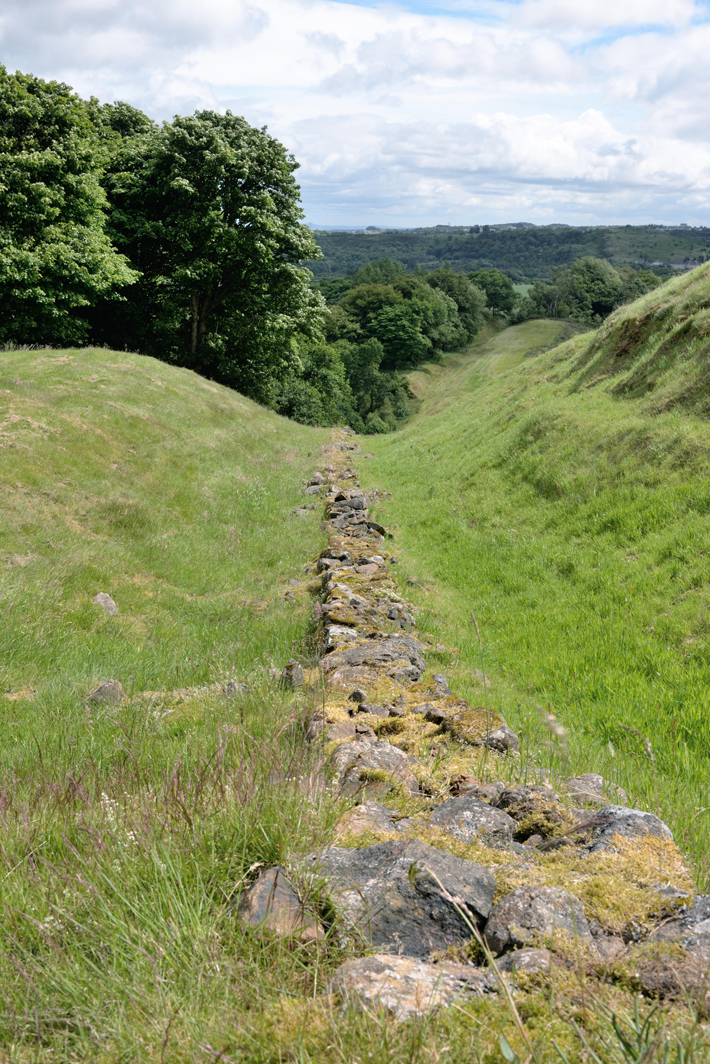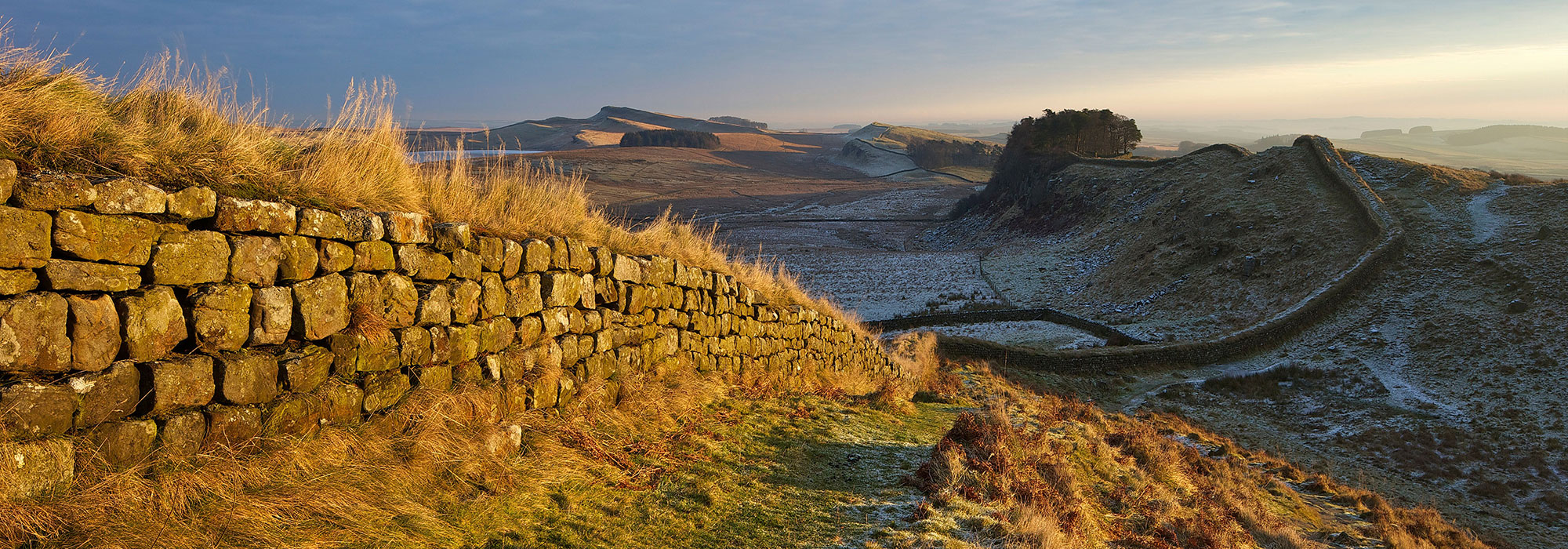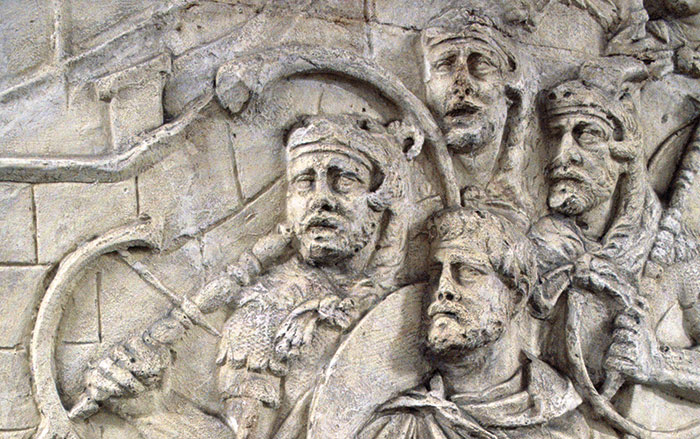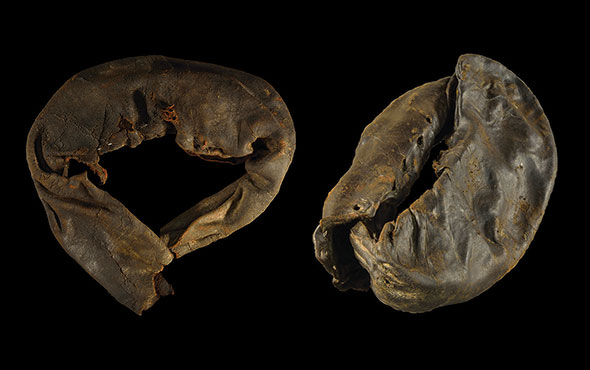
For 23 years, between A.D. 142 and 165, Hadrian’s Wall actually wasn’t the Roman Empire’s northern frontier. After Hadrian’s death, his successor, Antoninus Pius, reinvaded Scotland. Like Hadrian, Antoninus Pius did not have military triumphs to call upon to gain prestige, but unlike his predecessor, he turned to territorial expansion. He then built his own wall 100 miles north of Hadrian’s, between the Firth of Forth and the Firth of Clyde. The 37-mile-long “Antonine Wall,” was made mostly of turf on a stone foundation, was 10 feet tall, 16 feet wide, and had 17 forts and additional fortlets. As many as 7,000 soldiers were stationed along the Antonine Wall, but this far northern frontier proved difficult to defend and troops may have been needed to face more pressing needs on the continent. Soon after Antoninus Pius died, the new emperor, Marcus Aurelius, moved the frontier back to Hadrian’s Wall, where it remained until the end of Roman rule in Britain nearly 250 years later.












